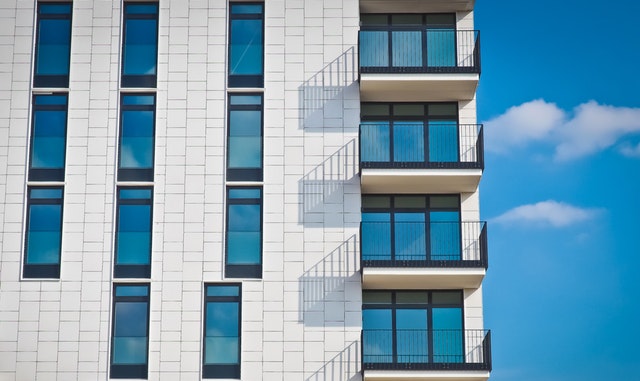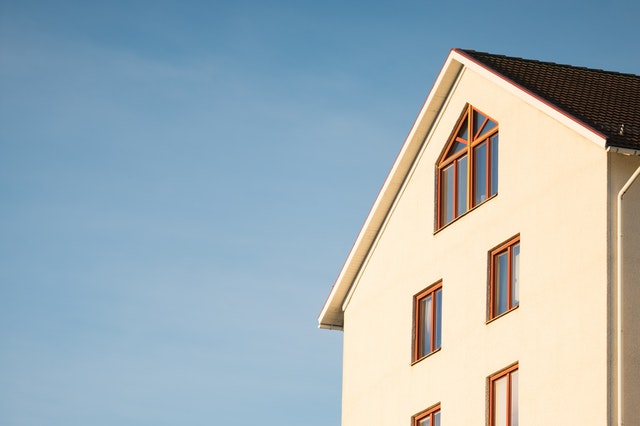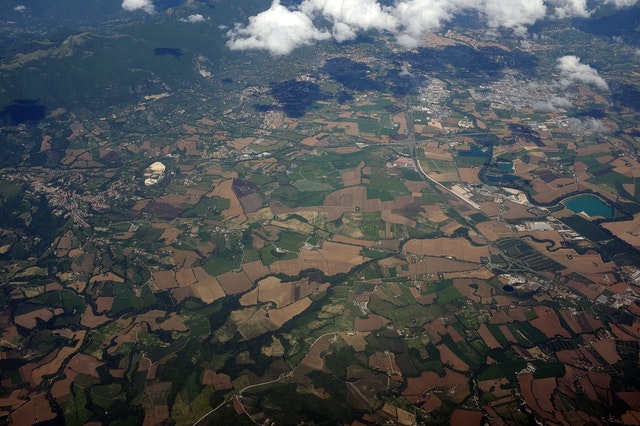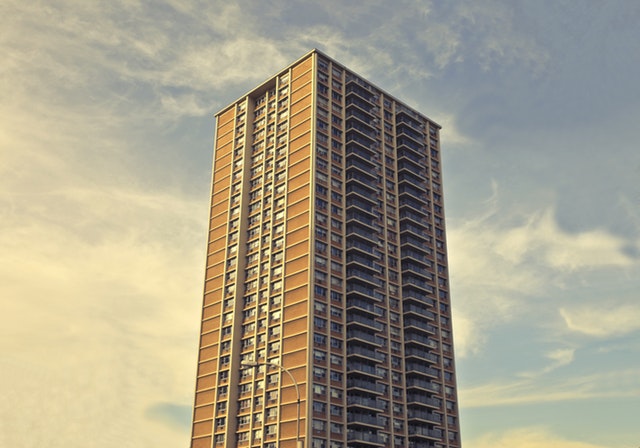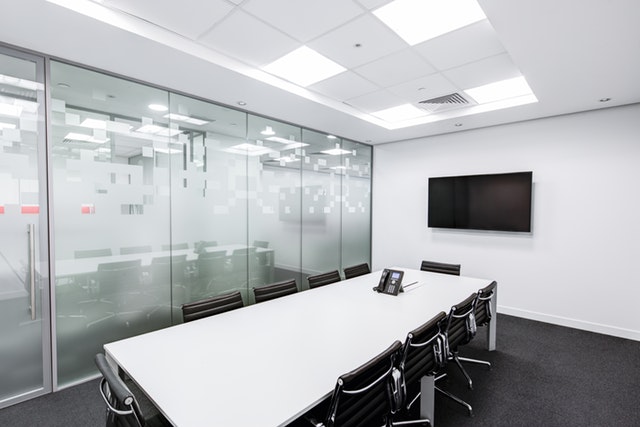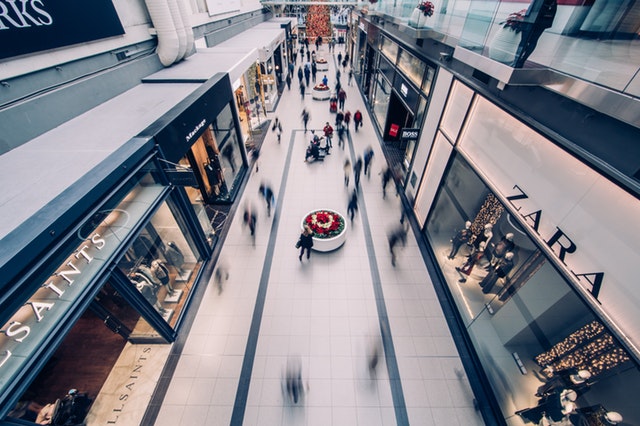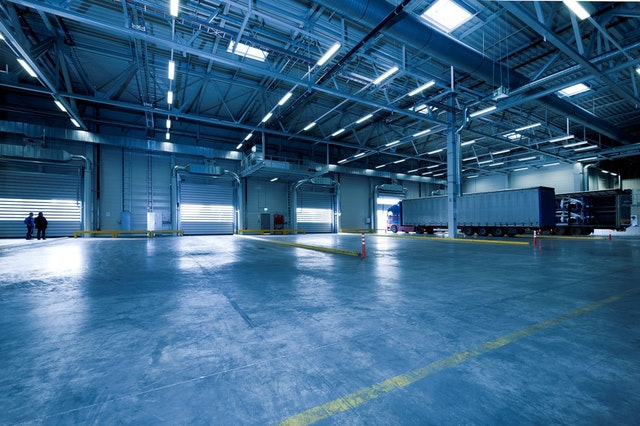Almost 50 million euros will be invested in the creation of the Lāčplēš quarter
The investment and development company Estmak Capital will invest almost 50 million euros in the construction of a new Riga “green” project – the residential and business block on Lāčplēša Street. Its construction will begin in 2024, and it is planned to be fully completed within 7-10 years. The total area of the Lāčplēš quarter is almost 60,000 square meters. 600 new apartments will be built there, as well as commercial premises on an area of 14,000 square meters, including offices, cafes, shops, salons, etc. It is planned to pay special attention to greening, preserving both historical trees and planting new trees, evergreen bushes and installing flower beds. Last year, the project of the new quarter was nominated in the category of the most ambitious future plans of the most important real estate projects in Latvia (BRELF Awards). “The new Lāčplėš quarter will be partially similar to Tallinn’s Rotermans quarter, and it has every chance of becoming Riga’s new center of attraction. The quarter has great potential. This is facilitated by both the location and the multifunctional outdoor public space – the people-oriented alley and square where public and community events can be organized,” says Marianna Elksnin-Vald, head of marketing and communication at Estmak Capital. The Lāčplēš quarter is located near the old town of Riga, and it is clear that new similar residential premises will not appear in the protective zone of the historic center protected by UNESCO. The project of the new Lāčplēš block has been developed by DIAL architects (Latvia) and Archunion (Ukraine). The block is located in a former industrial district and therefore retains its historical industrial heritage and style. For example, the 19th century chimney has been preserved as one of the central elements of the block, which will serve as a landmark of the square in the future. The old industrial style can also be felt in the buildings and facades, which use the imitation of historical bricks with a stylistically appropriate color palette. The main thoroughfare of the block will be built with people in mind, not cars. The idea is based on the Dutch ‘Woonerf’ (residential street) concept of the 1970s, centered around a lively and human-friendly urban space. Cars are allowed in yards and streets, but the main emphasis is still on pedestrians and cyclists.
Read the full article here
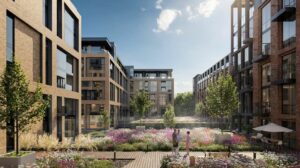
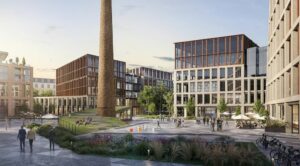
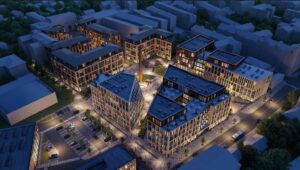
Photo source: Db.lv (Publicity photo)

